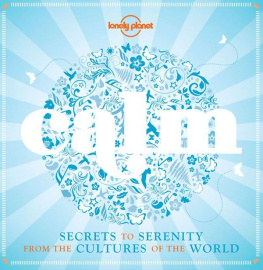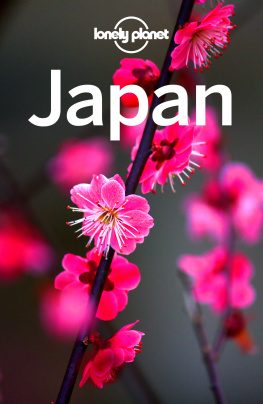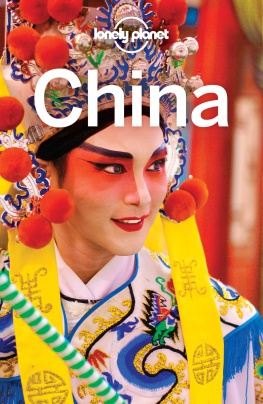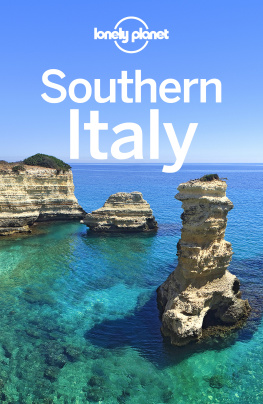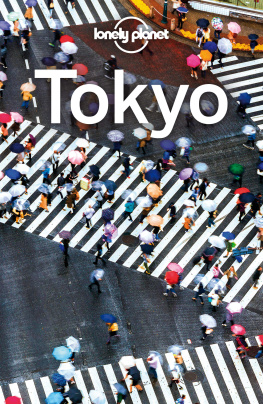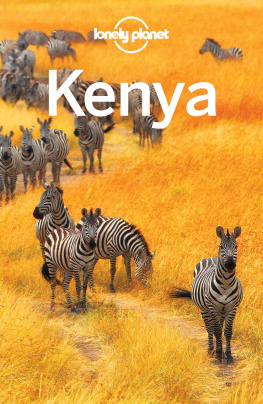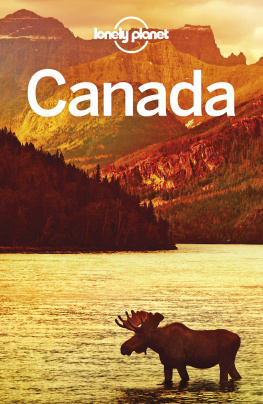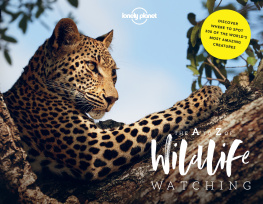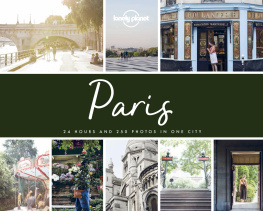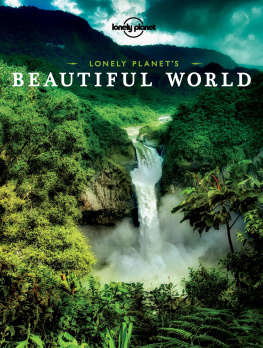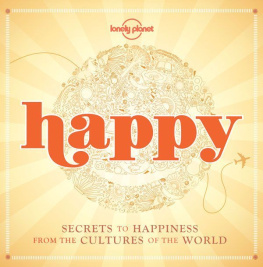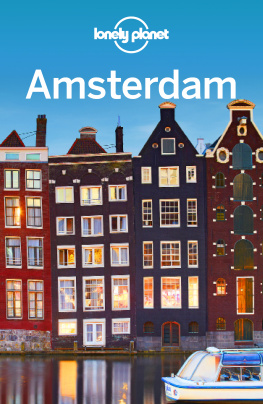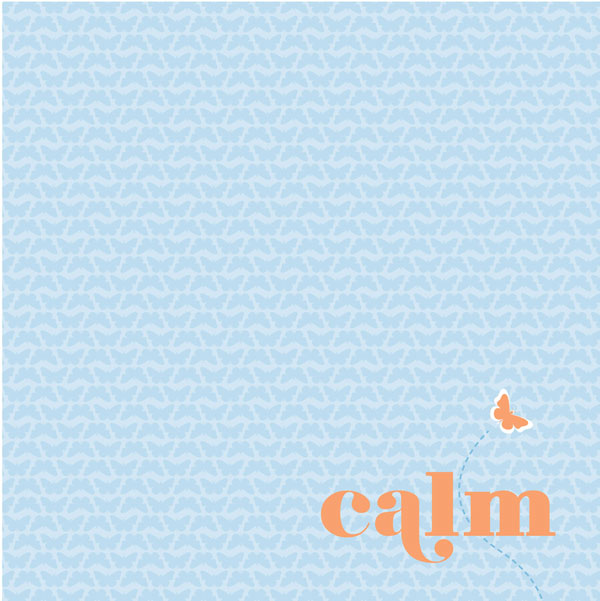

the secrets
introduction
Shhh.
Stop.
Listen.
Do you hear it over the ringing of your phone? Turn off the television or pull over the car and listen. Do you sense it? Keep your laptop powered down, or you might miss it.
Now, breathe Do you feel it? Its right there, both obvious and hidden: calm. Even in our noisy, modern world more cacophonous than our ancestors could have ever imagined its still there.
In Western-influenced societies we have mastered technology but created a virtual hamster wheel of stress in the process. Historians believe we work longer hours and take far fewer holidays than did medieval peasants and they didnt have to endure hour-long, road-rage-filled commutes.
When exactly did it become a bragging right to not be calm? These days, it is considered a badge of honour in Western culture to be busy, stressed, unavailable. Downtime is so last century. And if youre ever feeling a little bored, dont worry. Just get thee to a smartphone, stat.
However, theres been a resurging call to step away from our whirlwinds of busy-ness. Weve developed an almost zombie-like addiction to productivity, and researchers are starting to notice the toll on our health. As are we.
So, is attainment of clarity and peace only possible via a 32-hour flight and a four-day trek to a mountaintop sanctuary in a far-off land devoid of technologies and modern conveniences?
Nope.
At Lonely Planet were travellers, yet even we are telling you that you dont need to travel to find calm. Of course, you could go to Japan to study the ancient art of bonsai (), you can certainly practise a little calming shiatsu on your cat.
If you promise to read the whole book, well let you in on the overarching secret right now: serenity is nowhere and everywhere. Its not in a location but, rather, in the search itself. Calm is in the state of awareness some researchers call mindfulness, and that others athletes, dancers, artists and anyone who gets blissfully lost in an activity know as flow.
We have begun to track the neuropsychological effect of contemplative states. In fact, several (extremely forgiving) meditating Buddhist monks and Carmelite nuns have consented to being studied inside an MRI machine where researchers watched their brains light up amid positive emotions. We now know that calmer brainwaves can elicit all sorts of desirable changes known as the relaxation response: lower blood pressure, less depression, reduced vigilance and fear, even a stronger brain. And you dont need to join a religious order to benefit.
The collection of traditions in this book is not definitive, but a sampling that showcases the diversity of the worlds approaches to calm. It is also a practical ideas manual. Weve avoided some obvious practices, such as yoga and tai chi, offering instead unexpected activities that you might not immediately associate with calm.
The lessons and secrets herein cater to our different needs as individuals. While one person might find calm in raw nature, gliding through water in an Inuit kayak ().
Just like exercise for its own sake wasnt invented until it needed to be, neither was this concerted search for calm. Before we had electric lights, downtime was ingrained in the laws of nature. While post-sundown rest is a necessity in parts of the Gambia (), most of us can stay plugged in 24/7.
But what our modern society has taken away, it can give back. We can read about and incorporate into our lives lessons in calm from around the world. And maybe, one day, we can travel to experience a few. Theres nothing like a journey to put your own problems into perspective. And when youre in the airport security line? Just remember to take a moment, and breathe.
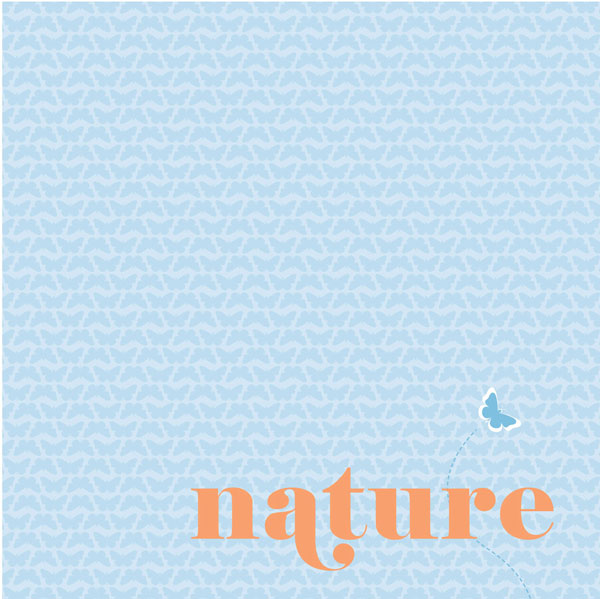
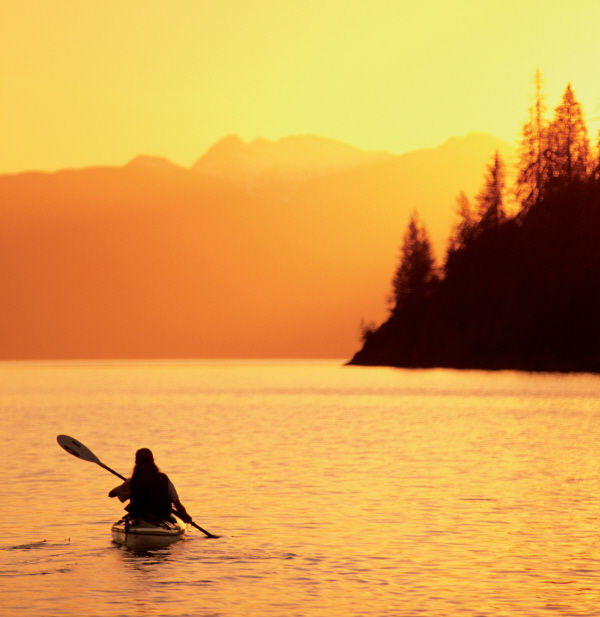

Glide into Nature
Secret Become one with your surroundings

Tradition Kayaking Date Any time Originated in Greenland, USA and Canada

Our Western culture is remarkably removed from nature. Its no exaggeration to suggest that many an urban or suburban dweller can go days, weeks or even months, without interacting with the natural world.
Contrast this with ancient cultures, or cultures that have an intimate connection with Mother Nature. Inuits, living in unforgiving sub-zero climates, have been using the intricately designed qayaq, or kayak, for at least four thousand years. These kayaks were a core part of daily life, used to transport and move goods, and for hunting and fishing. In some societies a man would build his kayak based on his exact physical measurements; the kayak considered to be an extension of his body.
Perhaps unbeknown to ancient tribes, kayaking hits the modern stress-relieving jackpot, offering exercise, nature, water, relaxed repetitive movements and mindbody cohesion. In fact, trauma therapists have found that bilateral stimulation such as the movement of kayaking, rhythmically and steadily rowing left, right, left, right can shift perspectives and relieve long-held anxieties. Furthermore, immersion in an environment of soothing water and fresh green forests restores our peace of mind.
Today, this Arctic export is offered all over the world; you can rent kayaks or go on guided trips wherever theres water. Kayaking wont become your livelihood, but that feeling of becoming one with your boat and, by extension, the natural world...? Row with that.

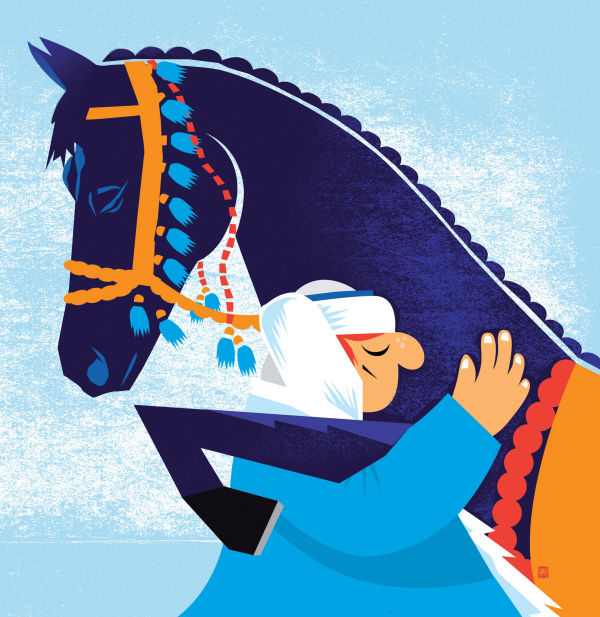

Creature Comforts
Secret Make an animal friend

Tradition Bedouin horse-keeping Date Any time Originated in Arabian Peninsula

Our big, complex brains think up big, complex problems, and when were feeling overloaded other people can be just as exhausting as our own busy heads. When such a feeling hits, theres nothing to beat the best listener of all: an animal pal. Not only are animals marvellously free of judgement, their company reminds us of how easy life can be when you focus on simple pleasures. After all, theres nothing like a good meal and a belly rub.
In the unforgiving deserts of the Arabian Peninsula, Bedouin tribes developed traditions to survive their stark environment. One of these was animal husbandry, and the bond between Bedouin and horse was particularly strong. The Arabian horse the ancestor of todays breed was revered for its speed, endurance, courage and loyalty, and was regarded as a gift from Allah. Equestrianism was considered one of the most important parts of
Next page
